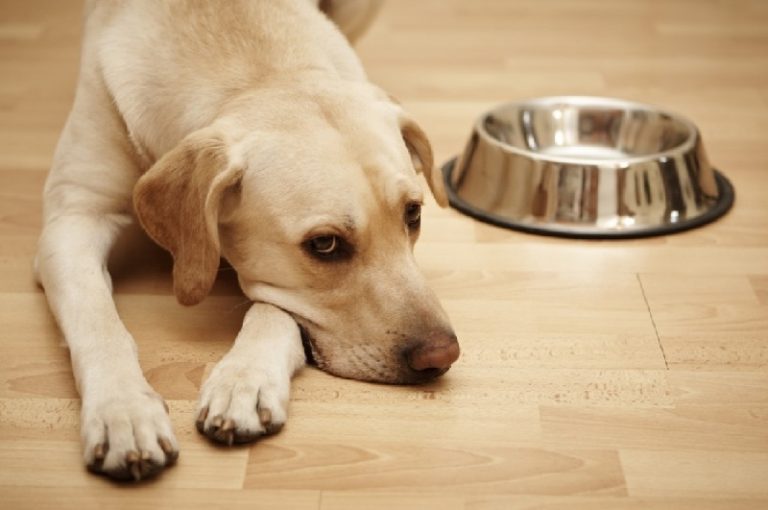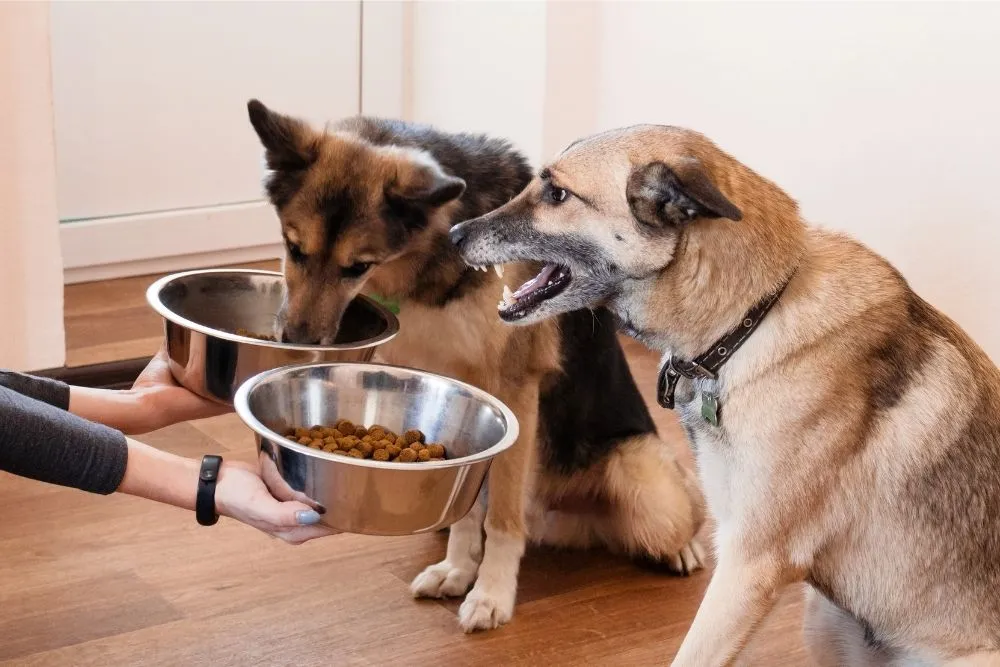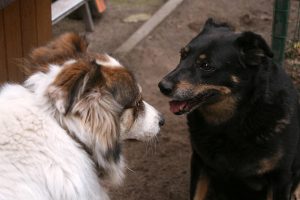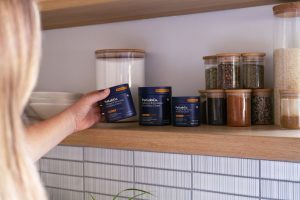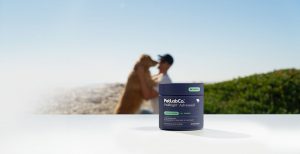Imagine the following situation. You place food on the kitchen counter and step away for a while. When you come back, you find the food has mysteriously disappeared, and your pooch is standing nearby, smugly licking their lips. Has this ever happened to you? Chances are it has. Dog counter surfing is a common, often frustrating behavior rooted in their natural scavenging instincts, inherited from their wolf ancestors. Even a spotlessly clean counter can still smell appealing to dogs, who are constantly on the lookout for something tasty.
From Good Boy To Food Thief: Why Is Your Dog Counter Surfing?
If your furry friend takes food or other items off counters, you have a dog who is a counter surfer. Dogs are opportunistic feeders, which means they consume food whenever it is available, searching thoroughly through sources that might not be safe or suitable for them. Once your fur baby figures out your counters accommodate tasty morsels, they will try to steal the food (and other interesting items). Even tiny crumbs or residual smells can be incredibly enticing.
Dogs are curious beings by nature, and their exploration can lead to danger, such as ingesting toxic foods (e.g., seasoned leftovers) or something that might cause intestinal blockage. Even if the foods aren’t harmful for dogs to eat, jumping onto the countertops can lead to injuries from falls, especially in larger or more active breeds. While any dog can become a counter surfer, some breeds may be more prone to this, namely beagles, Labrador retrievers, boxers, great Danes, poodles, and Shiba Inus.
Counter-surfing is a self-reinforcing behavior, so it doesn’t matter if you yell at your four-legged friend, punish them, or do anything else. A dog discovers a scrumptious goodie and then repeatedly seeks the same reward; with time, this behavior is reinforced not only by the reward but also by the attention it garners. Hence, it’s imperative to minimize the temptation as much as possible. From the very get-go, prevent your puppy or newly adopted dog from accessing the kitchen.
If The Damage Has Already Been Done, Here Are Some Things To Try
Preventing bad behavior is best achieved through proactive strategies. Instead of waiting for behavioral problems to emerge, you should provide consistent training, establish clear routines, and stay attuned to your pooch’s body language and behavior. A missing ingredient or part of a dish isn’t the end of the world, but it does not take much for dogs to get into trouble while sniffing around the counters. The only effective way to prevent counter-surfing is to be more careful about it.
Stop Counter-Surfing With Smart Management
If you don’t have anything on the counters for your furry friend to steal, there is no reason to jump, so store your food in Tupperware containers and sealed jars in cabinets or the refrigerator. Equally, you should remove items from tables and other areas that your dog may be able to access. Remove anything that can be tempting, such as toys or those sparkling treasures they adore. If you’re cooking, place everything back from the edge as far as possible.
Wipe the countertops thoroughly when you’re done cooking so that there’s no residue for the dog to lick. Bacteria can be present on surfaces that look clean, not to mention that food spills (chicken, eggs, lettuce, etc.) can lead to staining, especially on unsealed and porous materials. Select pet-friendly materials if you are ready to transform your kitchen. Quartz and granite are excellent choices due to their durability, scratch resistance, and ease of cleaning.
Teach Your Dog No
No can prevent your dog from engaging in unwanted behavior. Hiring a professional animal trainer or consulting an expert behaviorist isn’t necessary, but you must approach training with a clear head, avoiding impulsive actions fueled by frustration or anger. Never scold your pooch, even if you catch them counter-surfing because dogs do not understand abstract thinking or moral reasoning, so they have no idea why they are being punished. If your pet is consistent in their counter-surfing behavior, it’s a good idea to keep them in a kennel or crate when you’re away or not able to watch them closely.
Set enticing food near the edge of the counter and attach a harness or anchor behind your four-legged friend to prevent them from reaching the treats. As they try to get the tasty morsels, tell them no and continue to use the command every time they start toward the tempting spot. It’s essential to give your dog breaks. Over time, your pet will stop the unwanted behavior. Reward them generously for staying in place.
Don’t Allow Your Dog To Access The Kitchen
Dogs can be curious, and it is vital to establish boundaries for supervised exploration, gradually increasing freedom. Close the door to the kitchen, use a baby gate to restrict access, or keep your dog in a safe area when you can’t supervise them – it is unfair to expect your pet to ignore delicious food that is within their reach. Your furry friend is in the kitchen because they like spending time with you, so take them outside to enjoy the fresh air and sunlight.
You can try a deterrent. For example, dogs strongly dislike the smell of citrus fruits, so you can place orange peels in the areas you want them to avoid or use a diluted citrus spray, but make sure to test a small, hidden area first. Also, you can use coffee grounds. The strong, bitter aroma of the coffee grounds is considered unpleasant for most dogs. If your fur baby makes a mistake, it is okay. It is all part of training. What matters is that they are not rewarded for poor choices.
Wrapping It Up
Nobody wants their dog stealing food off the kitchen counter. Unfortunately, this behavior swiftly becomes strong after a few successes, and you soon see your furry friend checking the countertops for snacks. Give your pet learning opportunities for the development of a reliable off-the-counter dog.

